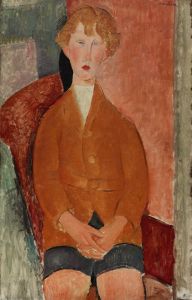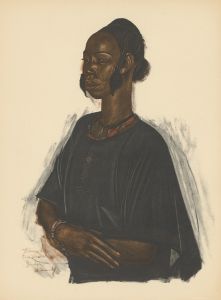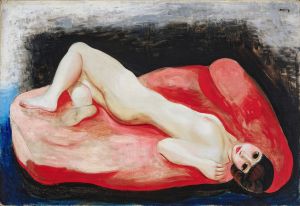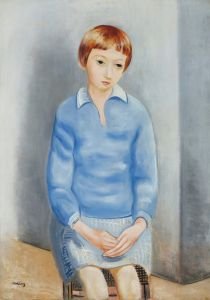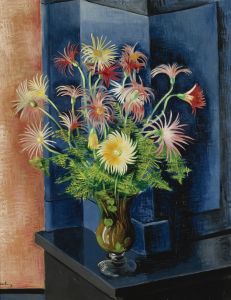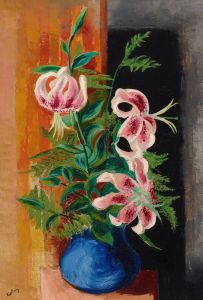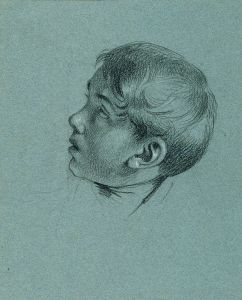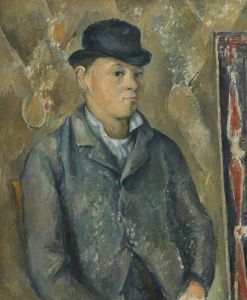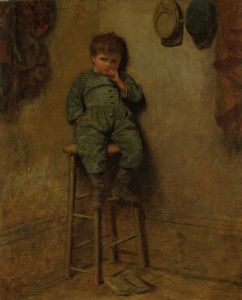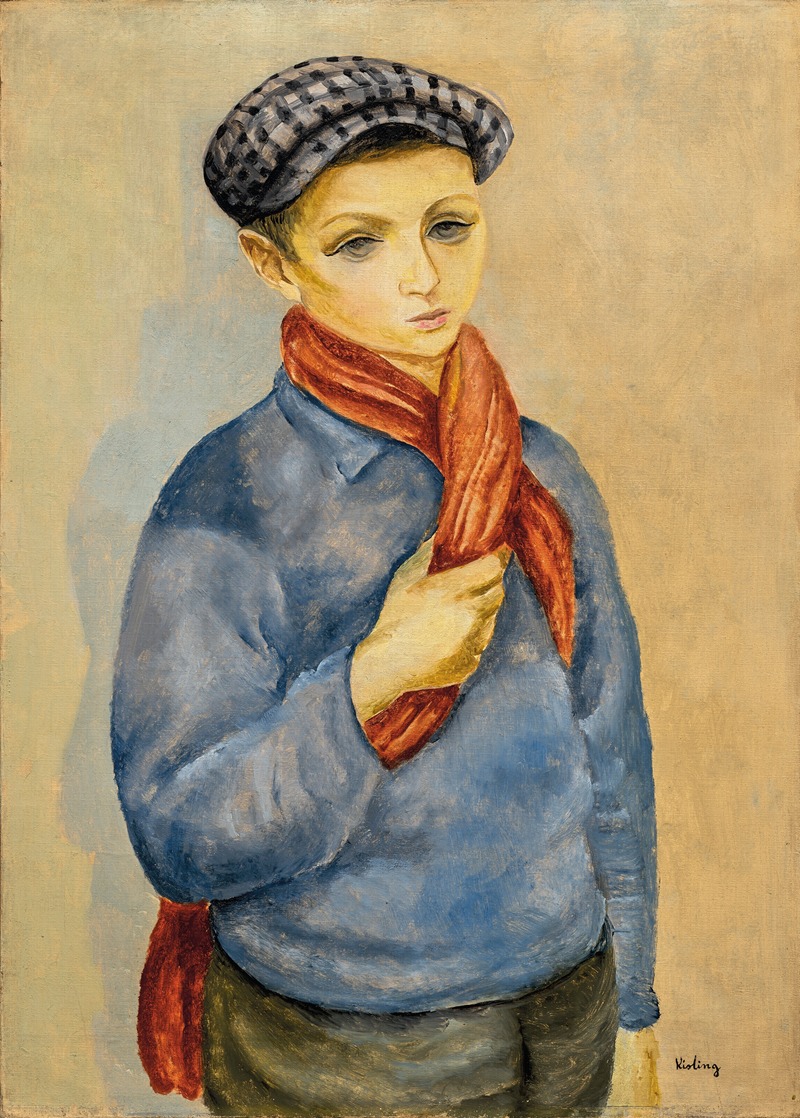
Jeune garçon à la casquette
A hand-painted replica of Moïse Kisling’s masterpiece Jeune garçon à la casquette, meticulously crafted by professional artists to capture the true essence of the original. Each piece is created with museum-quality canvas and rare mineral pigments, carefully painted by experienced artists with delicate brushstrokes and rich, layered colors to perfectly recreate the texture of the original artwork. Unlike machine-printed reproductions, this hand-painted version brings the painting to life, infused with the artist’s emotions and skill in every stroke. Whether for personal collection or home decoration, it instantly elevates the artistic atmosphere of any space.
Moïse Kisling, a Polish-born French painter, created the artwork "Jeune garçon à la casquette" during his prolific career in the early 20th century. Kisling was born on January 22, 1891, in Kraków, which was then part of the Austro-Hungarian Empire. He moved to Paris in 1910, where he became an integral part of the Montparnasse artistic community, a vibrant hub for artists and intellectuals.
Kisling's work is often associated with the School of Paris, a group of international artists who lived and worked in Paris during the early 20th century. His style is characterized by a blend of modernist influences and a distinctive use of color and form, which can be seen in "Jeune garçon à la casquette."
"Jeune garçon à la casquette," which translates to "Young Boy with a Cap," is a portrait that exemplifies Kisling's skill in capturing the essence and personality of his subjects. The painting features a young boy wearing a cap, a common accessory that adds a touch of everyday life to the composition. Kisling's portraits are known for their emotional depth and the way they convey the individuality of the sitter, and this painting is no exception.
Kisling's use of color in "Jeune garçon à la casquette" is notable for its vibrancy and contrast. He often employed bold, rich colors to create a sense of immediacy and presence. The background and clothing of the boy are rendered with a keen attention to detail, highlighting Kisling's ability to blend realism with a modernist approach. The boy's expression is both contemplative and engaging, inviting the viewer to ponder his thoughts and emotions.
Throughout his career, Kisling was influenced by various art movements, including Fauvism and Cubism, but he maintained a unique style that set him apart from his contemporaries. His portraits, in particular, are celebrated for their psychological insight and technical proficiency.
Kisling's life and work were deeply affected by the historical events of his time. During World War I, he served in the French Foreign Legion, and his experiences during the war had a lasting impact on his art. Despite the challenges he faced, Kisling continued to produce a significant body of work that earned him recognition and respect in the art world.
In addition to his portraits, Kisling also painted landscapes and still lifes, but it is his portraits that remain the most celebrated aspect of his oeuvre. "Jeune garçon à la casquette" is a testament to his ability to capture the human spirit and his contribution to the School of Paris.
Moïse Kisling passed away on April 29, 1953, in Sanary-sur-Mer, France. His legacy endures through his paintings, which continue to be exhibited and appreciated by art enthusiasts around the world. "Jeune garçon à la casquette" remains a fine example of Kisling's artistic vision and his ability to portray the subtleties of human expression.






